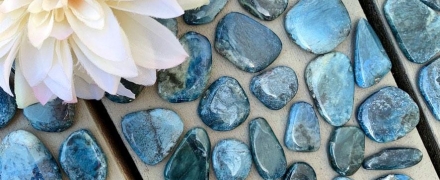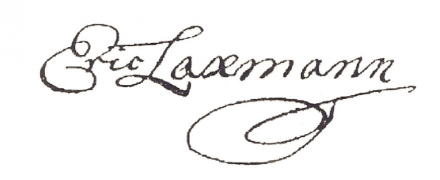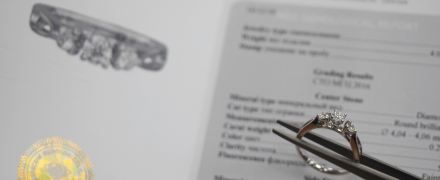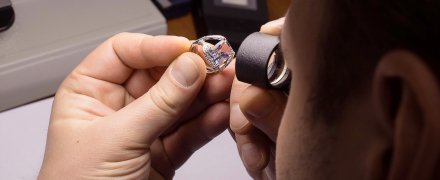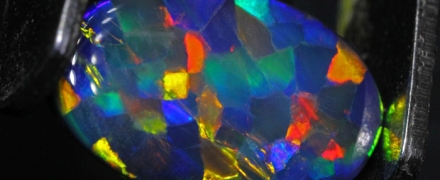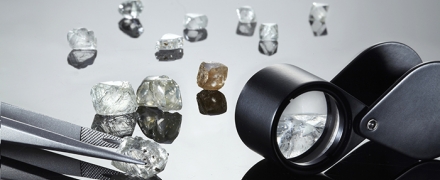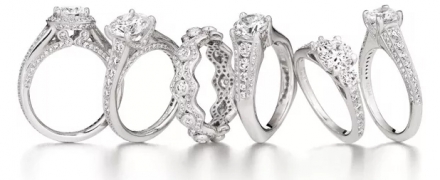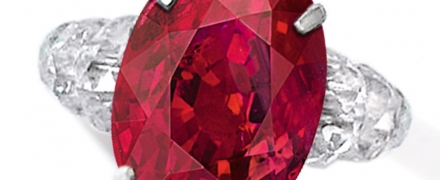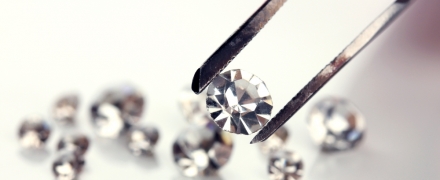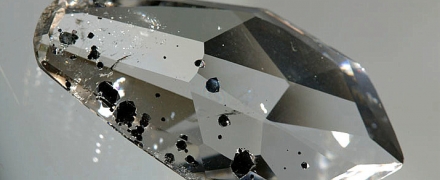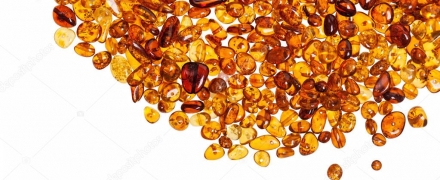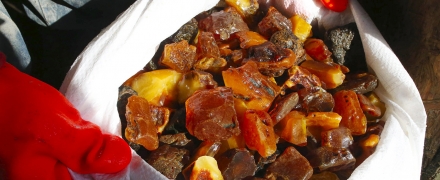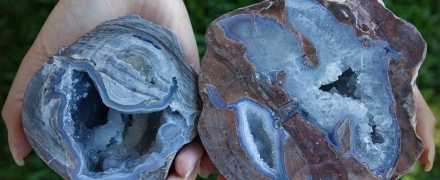open 10 am - 7 pm
laboratory is closed
What is the substitute for natural emerald?
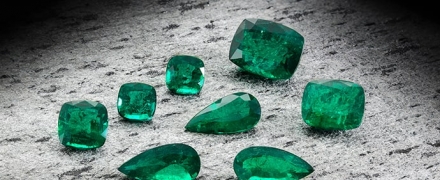
Currently, emerald is not a very expensive stone, since the stones cut from the vast majority of raw materials are translucent or have very large internal defects, often turning into external ones. We should also dwell on color. The overwhelming number of stones mined now rarely have a color that exceeds the value "3" in faceted inserts (in accordance with TU-95 335-88 "Treated natural emeralds" adopted in Russia). Emeralds with a color and quality corresponding to really expensive stones are rare. Of course, on the market for jewelry stones and products, it will not be difficult to find a product with a rich green and completely transparent (without areas with partial loss of transparency) emerald, despite their rarity. The lack of deep green and clear emeralds is often compensated by refining stones in color and clarity, as well as synthetic stones. Simulations are also used to a lesser extent for this purpose. Among the refined stones, emeralds predominate with filling of cracks with vegetable oils and resins, artificial resins and a combination of artificial and natural aggregates. Sometimes there are stones with filling of surface cavities with wax or artificial resins. Imitations include rarely, but regularly occurring very pale green or colorless beryls, superficially colored green or filled with a dye along cracks. Among the classic imitations, emerald / glass and beryl / glass doublets prevail. Yttrium-aluminum garnet (YAG) can often be offered under the guise of an emerald. Synthetic emeralds under the guise of natural ones are relatively rare, but sometimes stones with a "built-up" thin layer of synthetic emerald on a seed made of natural beryl come across. Such stones are the most difficult to diagnose and require special attention. The sale of imitations of emerald in the form of glass, tourmaline or other colored stones is more often determined by the lack of information about the stone from the selling side than by malicious intent.


